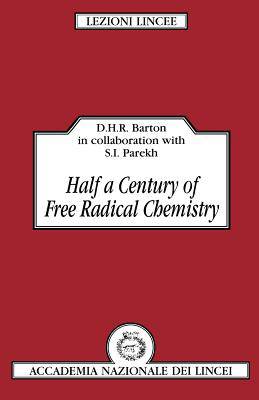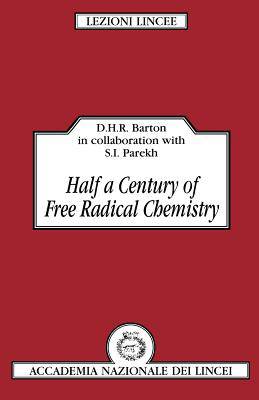
- Afhalen na 1 uur in een winkel met voorraad
- Gratis thuislevering in België vanaf € 30
- Ruim aanbod met 7 miljoen producten
- Afhalen na 1 uur in een winkel met voorraad
- Gratis thuislevering in België vanaf € 30
- Ruim aanbod met 7 miljoen producten
Zoeken
Omschrijving
This book describes the work of Nobel Laureate Derek Barton on the chemistry of organic free radicals, and the invention of new chemical reactions for use in the synthesis of biologically and economically important compounds. It begins with a mechanistic study of industrial significance on the pyrolysis of chlorinated alkanes. It continues with a theory on the biosynthesis of phenolate derived alkaloids involving phenolate radical coupling. The book then describes the work on nitrite photolysis (Barton reaction), which involved the invention of new radical chemistry leading to a simple synthesis of the important hormone, aldosterone. It also describes another new reaction extended to carboxlic acids that provides carbon, nitrogen, oxygen and other radicals under mild conditions. A final chapter summarizes recent applications of thiocarbonyl group derived radical reactions by other authors.
Specificaties
Betrokkenen
- Auteur(s):
- Uitgeverij:
Inhoud
- Aantal bladzijden:
- 180
- Taal:
- Engels
- Reeks:
Eigenschappen
- Productcode (EAN):
- 9780521445801
- Verschijningsdatum:
- 25/06/1993
- Uitvoering:
- Paperback
- Formaat:
- Trade paperback (VS)
- Afmetingen:
- 139 mm x 216 mm
- Gewicht:
- 222 g

Alleen bij Standaard Boekhandel
+ 135 punten op je klantenkaart van Standaard Boekhandel
Beoordelingen
We publiceren alleen reviews die voldoen aan de voorwaarden voor reviews. Bekijk onze voorwaarden voor reviews.











